Every six months, LinkedIn dusts off the same debate: “Go broad. Niches are limiting. Fortune 500s don’t niche.”
And every six months, I have to remind founders: the niche isn’t dead. It’s just hungover from too many bad takes.
Why “broad” is a trap
Going broad feels safer. Bigger audience, more potential, right? Except:
- Broad = diluted signal. Nobody knows who you’re actually for.
- Broad = weak pipeline. You end up with prospects who “kind of” fit but never close.
- Broad = wasted money. You’re paying to shout into a stadium instead of walking into the room where your buyers already are.
What niches actually do
The niche is not a prison. It’s a lever.
- Clarity of message. Your buyer sees themselves in your words, not just “anyone who…”
- Velocity of growth. The right signal to the right audience travels faster.
- Proof of traction. Investors and customers both trust focus more than scattershot ambition.
Niche doesn’t mean you’ll be stuck forever. It means you’ll have something to stand on when you’re ready to expand.
Niches evolve
The best companies don’t “outgrow” their niche—they grow because of it.
- Amazon started with books.
- Salesforce started with sales teams.
- Stripe started with developers.
The niche isn’t a box. It’s a launchpad.
The fix
Stop treating niche like a punishment. Treat it like scaffolding. You can climb higher, faster, and safer when you start with a structure.
Because the companies screaming “go broad” are usually the ones quietly failing to convert anyone at all.
If your market feels hungover, it’s probably because your message is too broad.
.png)

